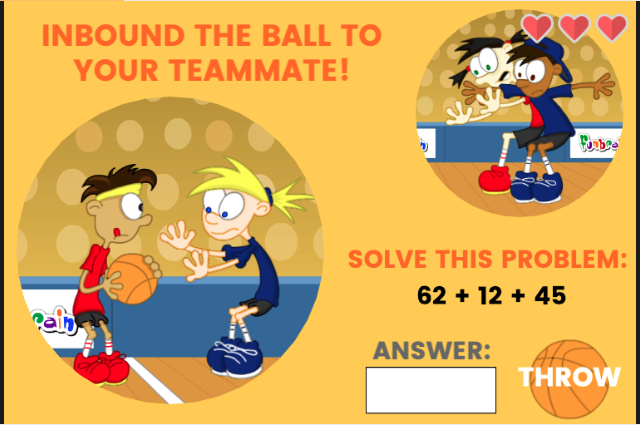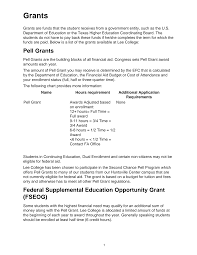
Counting games can be an enjoyable way to encourage students' counting skills. These games can be played using numbers and can be adjusted to suit different levels of difficulty. These games can be played in many settings, including math centers and small groups. They can also help parents teach their children counting skills.
Dot card gaming
Dot card count games require the use dot cards. They come in many colors and have numbers from 1 through 10. They are often arranged in the same way. For example, a green dice set has dots arranged in the shape of dice, while a yellow ten frame set has dots arranged in a ten-frame pattern. The goal of the game is to match up dots and reach a sum of five or ten.
You can make your child's math skills more challenging by playing the dot-card counting game. These games encourage children ask questions and subitize about grouping the dots. These games help children to learn how to count one by one.

Finger games
You can help your child learn math concepts early by playing finger games. They will help your child learn to count, write numbers and divide numbers. They can also improve their ability to visualise numbers and memory. They're easy to play anywhere and are a great way to introduce children to the concept of number composition and decomposition.
The players tap their hands in this game. The winner is the player who has more fingers. The number of fingers in their hand will equal the number on the opponent's. For example, if one player has four fingers and the other has three, he will need to count his opponent's hand. When all fingers have been counted, the winner is the player who has the most fingers.
Sequencing games
Sequence is a strategy board and card game invented by Doug Reuter. Originally called Sequence Five, the game is an abstract strategy game. The game's missions are completed by each player in turn. This abstract, challenging game can be played by up to four players. Sequence is a popular game that has been around almost 20 years.
The first section of the game requires you to organize events in a chronological manner. The list contains 10 events. The object is to sequence and sort the images so they appear in the correct order. This game is often used to test an employee's knowledge of company history. This game allows players to solve puzzles and practice problem solving.

Counting Activities
Counting activities are useful for the classroom. They can be used in many ways. This activity is designed to encourage children to think about counting. Participants will be able to focus on different objects and explore the fundamental concepts of counting. Participants are able to think beyond counting sequences by engaging in this activity and can also share their ideas with others.
Counting activities are a lot of fun for children and can help them practice their number skills. Roll-and-cover is a great way to teach number sense. Students place a number on a mat and count the dots. Continue the game until all numbers have been covered. This type of activity helps children develop their fine motor skills, which is important for learning the numbers.
FAQ
What is early childhood education?
Early Childhood Education (ECE) is a field that helps children to become healthy and happy adults. This includes teaching children how to read and preparing them for kindergarten.
Early childhood education is designed to help children grow and learn by providing them with appropriate experiences.
Many early childhood educators are called upon to evaluate the developmental needs of every child they meet. This helps to determine if a program is right for each child.
Parents can interact with teachers and professionals who have had experience working with young kids through early childhood programs.
The role of parents is equally important in the early childhood education. They should know how to take care of their children properly and provide support and guidance when necessary.
Parents can also take part in activities that teach skills to their children for the rest of their lives.
Early childhood education is sometimes referred to as preschool education, although this term is used interchangeably with daycare centers. Prekindergarten education typically begins around three years, while early childhood education generally starts at three.
What is a trade school?
People who are not able to succeed at traditional higher education institutions can earn a degree through trade schools. They offer career-focused programs which prepare students to pursue specific careers. The programs offer two-year courses in one semester. Students then go on to a paid apprenticeship program, where they are trained in a specific job skill set and given practical training. Trade schools can include technical schools, community colleges and junior colleges as well as universities. Some trade schools also offer associate degree programs.
Do I want to specialize in one area or should I branch out?
Many students opt to specialize in one area (e.g. English History, Math) and not branch into many other subjects. It is not always necessary to become a specialist. If you are interested in becoming a doctor, you can choose to specialize either in internal medicine or surgery. You could also opt to become a general physician, specializing in either pediatrics, family practice or psychiatry. If you are considering a career in the business world, you might focus on marketing, sales, finance, operations research, marketing management, and human resources. The choice is yours.
To become an early-childhood educator, do you need to go to college?
It is not possible, however, to better prepare yourself for your future career in this field, it might be worth looking into college.
It's important to note that becoming a teacher isn't easy. Every year, there are many applicants who aren’t accepted to programs. Many people also drop out after just one semester.
You must still meet stringent qualifications to be a teacher.
Statistics
- “Children of homeowners are 116% more likely to graduate from college than children of renters of the same age, race, and income. (habitatbroward.org)
- Think of the rhetorical power of nineteenth-century abolitionist Harriet Beecher Stowe, Martin Luther King, Jr., or Occupy Wall Street activists with their rallying cry of “we are the 99 percent.” (bostonreview.net)
- Among STEM majors, that number is 83.5 percent. (bostonreview.net)
- Data from the Department of Education reveal that, among 2008 college graduates, 92.8 percent of humanities majors have voted at least once since finishing school. (bostonreview.net)
- And, within ten years of graduation, 44.1 percent of 1993 humanities graduates had written to public officials, compared to 30.1 percent of STEM majors. (bostonreview.net)
External Links
How To
What can I do to become a teacher in my area?
Teaching jobs are available for public elementary schools as well as private elementary schools.
To become a teaching professional, you will need to complete a bachelor’s degree program at any of the following universities:
-
A four year college or university
-
An associate's degree program
-
Some community college programs are two-years long
-
Combinations of these three types programs
To be eligible to become certified for teaching positions, applicants need to meet the state's requirements. These include passing standardized tests and completing a probationary period of work experience.
Most states require candidates to pass a test called the Praxis II. This test measures knowledge in reading and writing as well math skills.
Many states also require candidates to obtain a specialized license before being certified to teach.
These licenses can be issued by the state's boards of education.
Some states grant licenses automatically without additional testing. In such cases, applicants should contact their state's board for education to find out if it is possible.
Some states don't grant licenses to applicants who haven't completed a masters degree program.
In some states, individuals can apply directly to the state education board for licensure.
The price, duration, and coursework required for licenses can vary greatly.
For instance, some states only require a high-school diploma, while others require at least a bachelor's degree.
Some states require training on specific topics, such literacy or child development.
Some states require that candidates receive a master's degree before becoming licensed.
Many states require teachers to provide information about their previous jobs when applying for certification.
If you were a member of another profession, it might be a good idea to mention this on your application.
However, states are more than willing to accept previous work experience, regardless of the type of job.
You might want to list your job title, previous position, and years of experience.
This information can be very helpful for potential employers.
This shows that you have the relevant skills and experience.
You might have acquired valuable work experience or learned new skills while working.
You can showcase this to future employers by putting your resume in their hands.